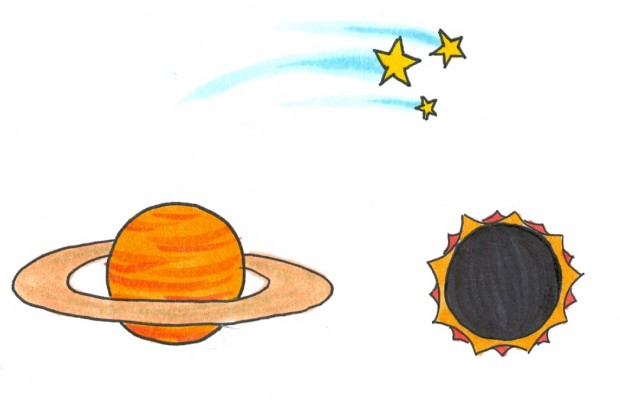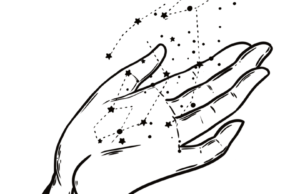Up next in space: Celestial events appearing in 2017

This year, the night sky is going to be full of spectacular events. Although many of these events are annual, some are much more rare, their appearances spread decades apart. You do not want to miss the celestial events this year, so remember to look up.
Solar Eclipse
On Aug. 21, the moon will pass in front of the sun, almost completely blocking it from view from certain parts of the US. If you are in the band of the US stretching from Oregon to South Carolina, you will see a once in a lifetime event. The last total solar eclipse visible from the continental US happened in 1976 and the next one will not happen until 2024. If you aren’t traveling at this time, then a partial solar eclipse will be visible from most of North America.
Meteor Showers
April 22 and 23 are the best time to view the Lyrids Meteor Shower, which usually produces about 20 meteors an hour. There is a crescent moon at this time, so the shower will be very visible. The Eta Aquarids Meteor Shower will appear May 6 and 7 and produce up to 60 meteors an hour, though in the northern hemisphere, it may appear closer to 30. There will be a waxing gibbous moon at the time, but the brightest meteors will still be visible. The Perseids Meteor Shower can also produce up to 60 meteors an hour and is famous for its bright meteors. Viewing for all meteor showers will be best in a dark place, typically after midnight.
Venus and Jupiter
On Nov. 13, Venus and Jupiter will appear to be very close, separated in the night sky by only a few degrees. It should be visible from Earth just before sunrise.
Supermoon
There will be only one supermoon this year, taking place on Dec. 3. The moon will appear very bright and close, as it is directly across from the sun and is fully illuminated. The moon’s orbit is also at its closest to Earth, making it appear larger.
Lunar Eclipses
Many of the lunar eclipses this year are not visible from the US. However, this does not keep them from being beautiful events. On Feb. 11, there is a Penumbral Lunar Eclipse, when the moon will darken slightly but not completely. This will be visible from the Eastern US to Western Europe. On Aug. 7, there is another Partial Lunar Eclipse, unfortunately for us, only visible in the Eastern Hemisphere.



